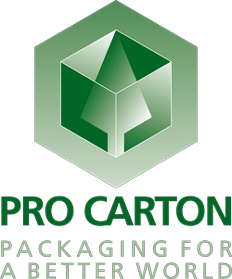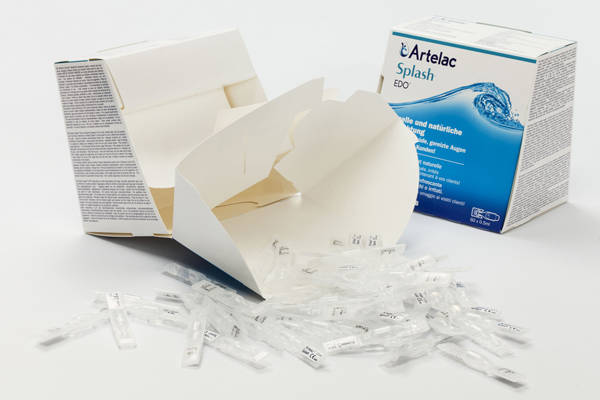Pharma in motion
11 May 2015
There is a huge demand for health care, and it’s growing rapidly. Nonetheless, the pharmaceutical industry is facing major challenges. David Swift, former global head of packaging sourcing at Novartis, spoke to Pro Carton about current and future developments.
The pharmaceutical market is growing, but will undergo significant changes over the next few years. This is due to high costs, patent expiries, a growing market for generic products, considerable over-regulation as well as cost control measures in public spending. What can the pharmaceutical industry do?
“Besides mergers and acquisitions, other means are cost cutting, focus on emerging markets, transition from the blockbuster model to niche products and changes of the pharmaceutical distribution model. Some companies have also offshored things that are not necessarily done in Europe”, says David Swift.
Growth in Europe is fuelled by the ageing population. “The biggest growth markets are China and the US, and, interestingly, Germany, followed by Brazil and Russia. In the developed markets, 71 % of the revenues are coming from specialty medicines. This is important, because the way that these drugs are packed and sold is different. So the packaging will change as well.”
The most significant change in the distribution is the direct to pharmacy model that some of the pharmaceutical companies are employing now. “They are either skipping out the wholesaler completely or they prefer a model where they use only one or two wholesalers. So the relationship between the producer of the drugs and the pharmacists is much closer.”
Different drugs are going to different channels, there is a segmentation. “Some go to the pharmacy directly, some to the patients directly, some to the hospitals, some to the wholesaler – a whole bunch of different ways. The wholesalers are vertically integrating as well and moving up and down the value chain.”
Implications for Pharma Packaging
“Concerning the pipelines, there is an increasing focus on “high value” therapeutic areas such as oncology, immunology, antiviral, and for the central nervous system. Concerning the type of drugs, pre-filled syringes, auto injectors/pens, and combination devices will see growth. Biologics will continue to outpace overall pharma spending growth and are expected to represent 19–20 % of the total market value by 2017.” In the opinion of Pro Carton this heralds a number of new developments in packaging:- Packaging must become more attractive to keep branded products marketable following patent expiry. They must convey the brand's message.
- Packaging must create stronger buying stimuli as physicians and patients will play a far greater role in the purchasing decision than to date, and the influence of wholesalers is decreasing.
- This applies even more for products which have to hold their own on a larger health market: their packaging should strengthen customer loyalty in every aspect and stimulate repurchasing of the product.
- Packaging will reflect high value products and the value of new special products, whose importance will increase particularly in Europe.
- Packaging will become significantly more complex due to biologics and syringes, as well as therapies with different medications.
- This necessitates that packaging manufacturers must place great value on convenience when complex packaging meets an ageing population in Europe.
- Packaging will certainly become more intelligent in terms of information and links to the Internet: this will provide extensive additional information on their mode of action and efficacy.




